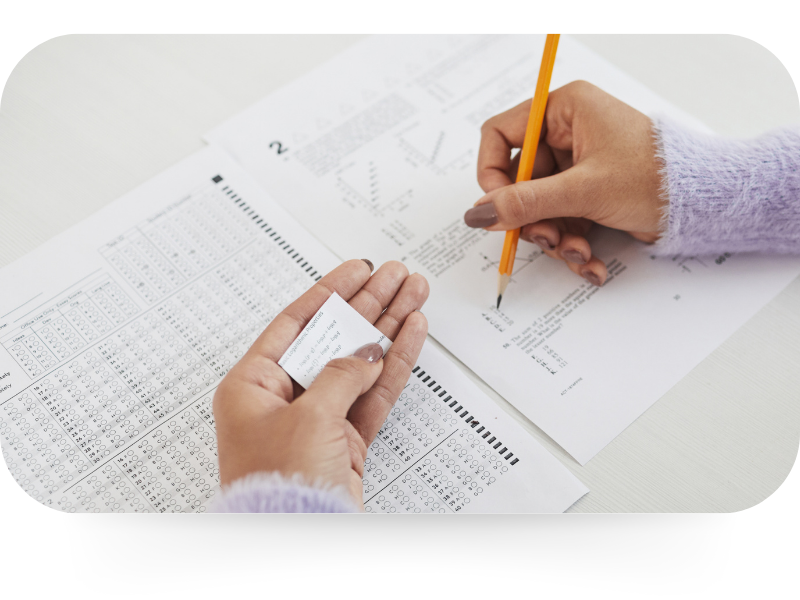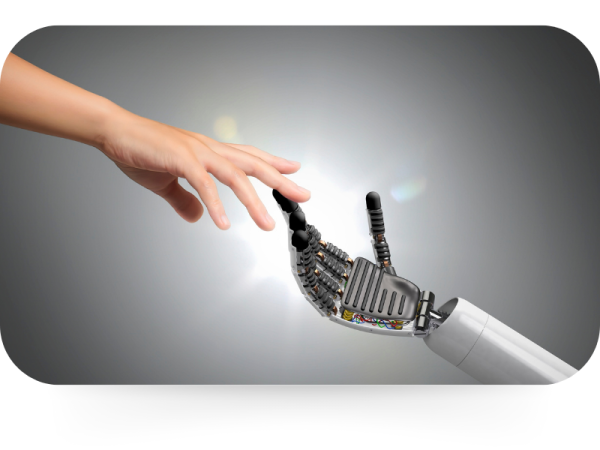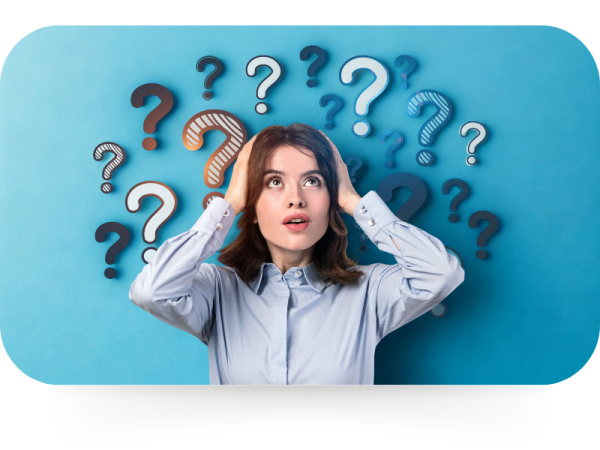The use of ChatGPT in academic settings raises many questions: is chatgpt plagiarism, a new form of academic fraud, or simply an evolution of learning tools?
There’s no denying that ChatGPT is powerful and capable of producing well-structured texts, sometimes difficult to distinguish from those written by a human. It is precisely this effectiveness that makes its use problematic when it is hidden.
Through various examples of academic misconduct, it is clear that some students use ChatGPT to fully write essays, answer exam questions, or produce assignments with no personal effort, clearly falling under plagiarism or intellectual dishonesty. As a result, institutions must adapt their assessment criteria and train teachers to detect signs of AI-generated content, even though this remains a technical and pedagogical challenge.
However, using ChatGPT is not necessarily illegal or dishonest: it depends on the intention, the context, and the level of transparency. Using AI responsibly means employing it as a tool for reflection, revision, or writing support, while citing the source or acknowledging its use when required.











